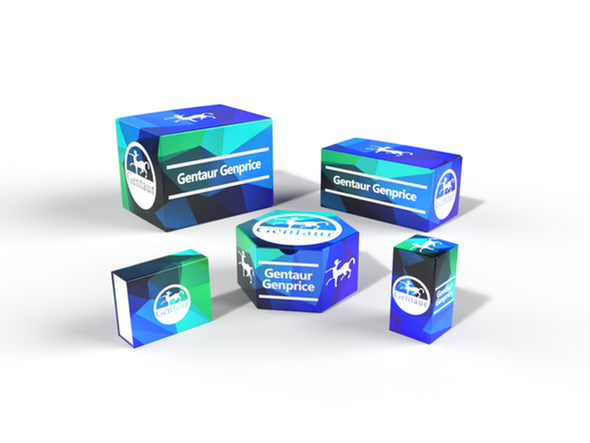740
Human Tumor necrosis factor receptor-associated factor 6 (TRAF6) ELISA Kit | AE13567HU
- SKU:
- 740-AE13567HU
- Availability:
- Usually ships in 5 working days
Description
Human Tumor necrosis factor receptor-associated factor 6 (TRAF6) ELISA Kit | AE13567HU | Gentaur UK, US & Europe Distribution
Species Reactivity: Human (Homo sapiens)
Abbreviation: TRAF6
Alternative Name: MGC:3310; RNF85;
Application: ELISA
Range: 0.156-10 ng/mL
Sensitivity: 0.053 ng/mL
Intra-Assay: ≤7.9%
Inter-Assay: ≤9.1%
Recovery: 1, 06
Sample Type: Serum, Plasma, Other biological fluids
Detection Method: Sandwich
Analysis Method : Quantitive
Test Principale: This assay employs a two-site sandwich ELISA to quantitate TRAF6 in samples. An antibody specific for TRAF6 has been pre-coated onto a microplate. Standards and samples are pipetted into the wells and anyTRAF6 present is bound by the immobilized antibody. After removing any unbound substances, a biotin-conjugated antibody specific for TRAF6 is added to the wells. After washing, Streptavidin conjugated Horseradish Peroxidase (HRP) is added to the wells. Following a wash to remove any unbound avidin-enzyme reagent, a substrate solution is added to the wells and color develops in proportion to the amount of TRAF6 bound in the initial step. The color development is stopped and the intensity of the color is measured.
Product Overview: Tumor necrosis factor (TNF) receptor-associated factors, such as TRAF7, are signal transducers for members of the TNF receptor superfamily. Fluorescence microscopy demonstrated TRAF7 localization in a vesicular pattern in the cytosol in the presence or absence of MEKK3. SDS-PAGE analysis suggested that MEKK3 phosphorylates sites in the N-terminal region of TRAF7 and induces ubiquitination. In the presence of E1 (UBE1) and E2 activating and conjugating enzymes, a TRAF7 fragment containing the RING domain was ubiquitinated, indicating that TRAF7 may have E3 ubiquitin ligase activity. Luciferase reporter and RNAi analysis established that coexpression of wildtype TRAF7 and MEKK3 resulted in a synergistic activation of NFKB and AP1.
Stability: The stability of ELISA kit is determined by the loss rate of activity. The loss rate of this kit is less than 5% within the expiration date under appropriate storage condition. The loss rate was determined by accelerated thermal degradation test. Keep the kit at 37°C for 4 and 7 days, and compare O.D.values of the kit kept at 37°C with that of at recommended temperature. (referring from China Biological Products Standard, which was calculated by the Arrhenius equation. For ELISA kit, 4 days storage at 37°C can be considered as 6 months at 2 - 8°C, which means 7 days at 37°C equaling 12 months at 2 - 8°C) .






